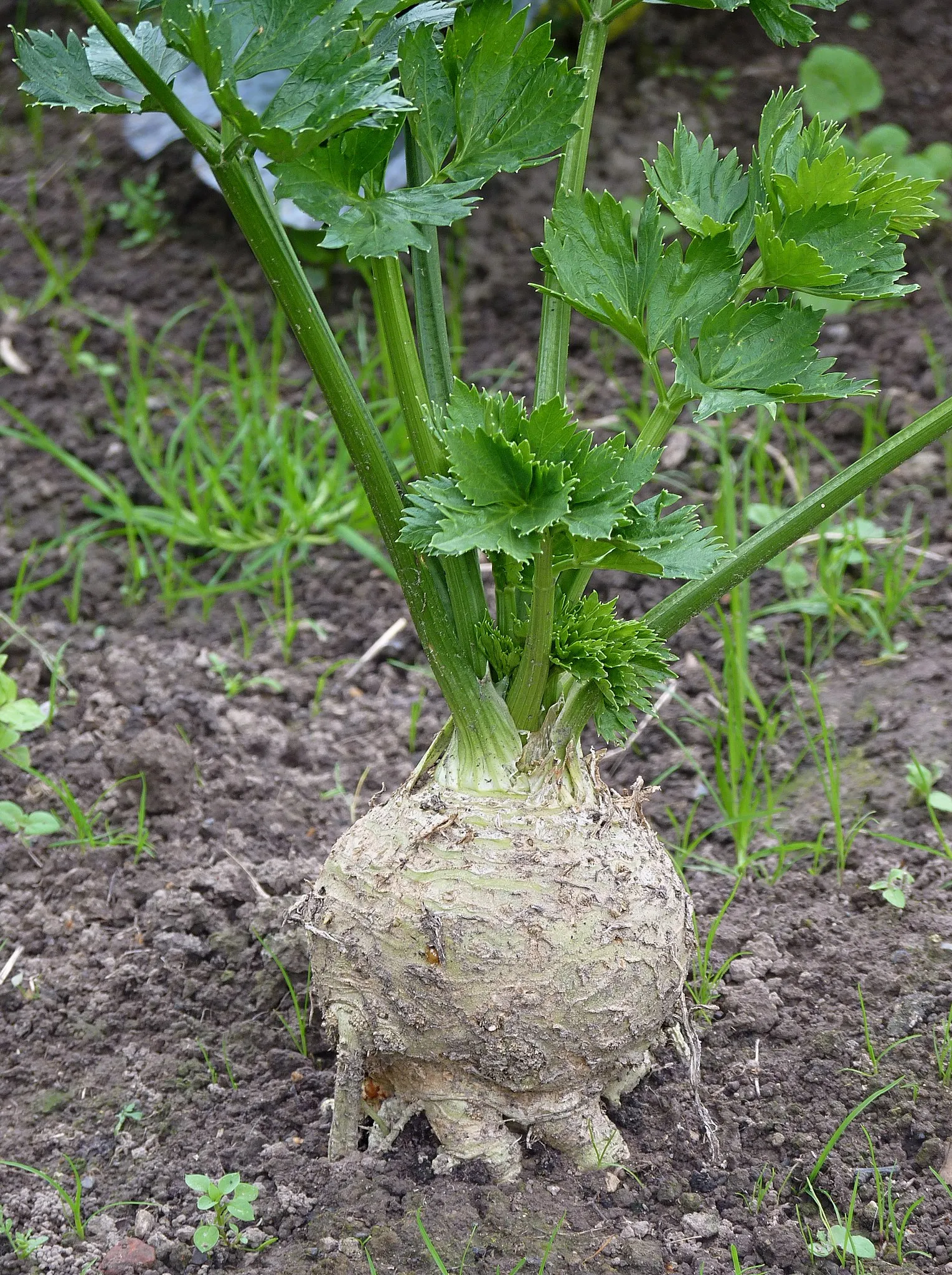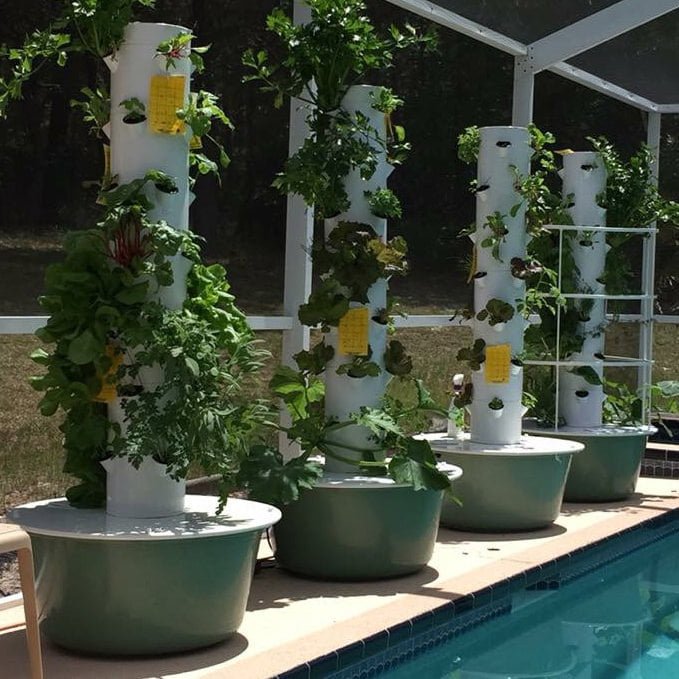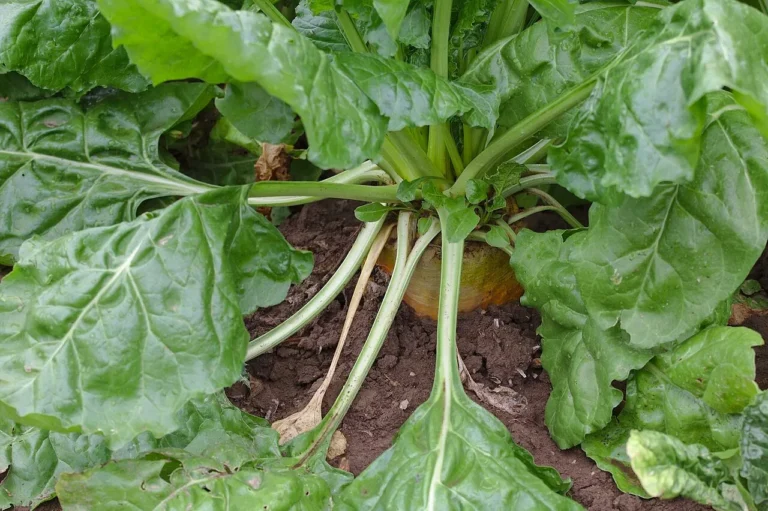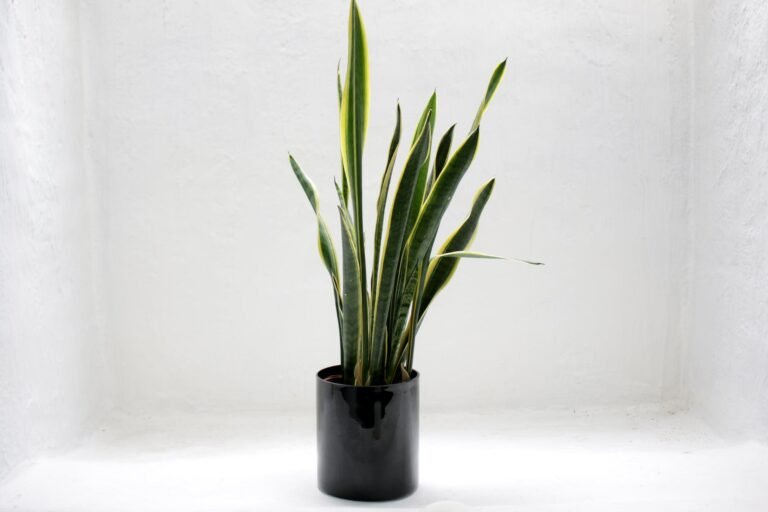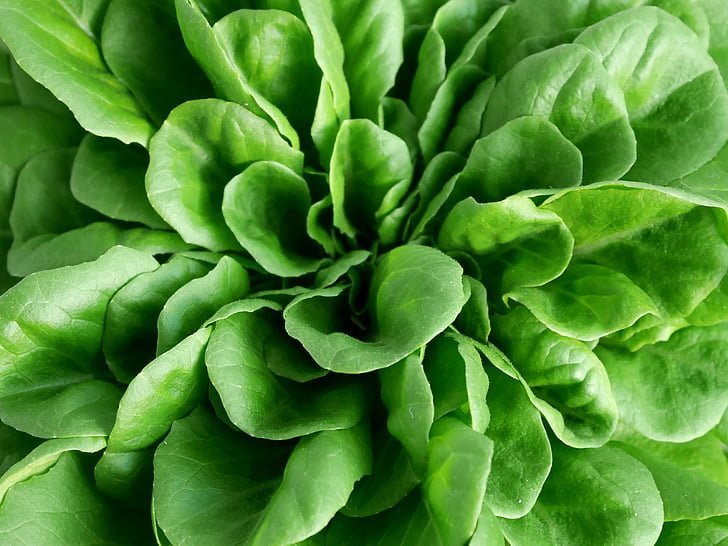Growing Celeriac: The Unsung Hero of the Root Vegetable Garden
Celeriac may not win any beauty contests, but what it lacks in looks, it more than makes up for in flavour and nutritional value. This root vegetable is a close relative of celery and is grown for its large, edible bulb. Rich in fiber, vitamins, and minerals, celeriac is a fantastic addition to soups, stews, and mashed vegetable dishes. Here’s how to grow this unique and tasty vegetable in your garden.
Why Grow Celeriac?
Celeriac is valued for its long storage life and versatility in the kitchen. It’s also relatively low in calories and high in vitamin K. Growing celeriac can be a rewarding challenge for gardeners looking to diversify their vegetable crops.
How to Grow Celeriac
Selecting Celeriac Varieties
There are several varieties of celeriac, each offering slightly different flavours and growth characteristics. Some popular varieties include:
- ‘Prinz’: Known for its smooth skin, making it easier to clean and peel.
- ‘Brilliant’: Offers a creamy-white flesh and excellent storage qualities.
- ‘Mars’: Resistant to common diseases and produces large, flavourful bulbs.
Planting Celeriac
- Timing: Start celeriac seeds indoors about 10-12 weeks before the last expected frost. Celeriac has a long growing season and requires an early start.
- Soil and Site: Choose a location with full sun to partial shade and rich, well-draining soil with a pH of 5.8 to 6.8. Incorporate plenty of organic matter into the soil before planting.
- Sowing Seeds: Sow seeds shallowly, about 1/8 inch deep. Celeriac seeds are small, so consider mixing them with sand to ensure even distribution. Keep the soil moist to encourage germination.
Caring for Celeriac Plants
- Watering: Celeriac needs consistent moisture to develop a large, tender bulb. Water regularly, especially during dry spells.
- Mulching: Apply a layer of organic mulch around plants to retain soil moisture and suppress weeds.
- Feeding: Use a balanced, all-purpose fertilizer every 4-6 weeks throughout the growing season to support healthy growth.
- Thinning: Once seedlings are a few inches tall, thin them to stand 6-12 inches apart.
Pest and Disease Management
Celeriac can be susceptible to the same pests and diseases as celery, including celery leaf miners and root rot. Practice crop rotation, use floating row covers to protect young plants, and ensure good drainage to prevent disease.
Harvesting Celeriac
- Timing: Celeriac is typically ready to harvest about 14-16 weeks after transplanting, usually in late fall before the ground freezes. The bulbs should be about 3-4 inches in diameter or larger.
- How to Harvest: Use a garden fork to loosen the soil around the bulb, then gently lift the plant. Shake off excess soil and cut off the foliage and small roots.
Storing Celeriac
Celeriac stores well in cool, humid conditions. Trim the roots and leaves, leaving about an inch of the stem. Store in a plastic bag in the refrigerator, where it can keep for several months. For long-term storage, celeriac can be kept in a root cellar or similar environment.
Using Celeriac
Peel the rough outer skin of the bulb before use. Celeriac can be roasted, boiled, mashed, or grated raw into salads for a crisp, refreshing addition. It’s also a fantastic thickener for soups and stews.
Final Thoughts
Celeriac is a worthy addition to any vegetable garden, offering a unique flavour and a host of nutritional benefits. With proper care and attention, you can enjoy this delicious root vegetable from your own backyard.

